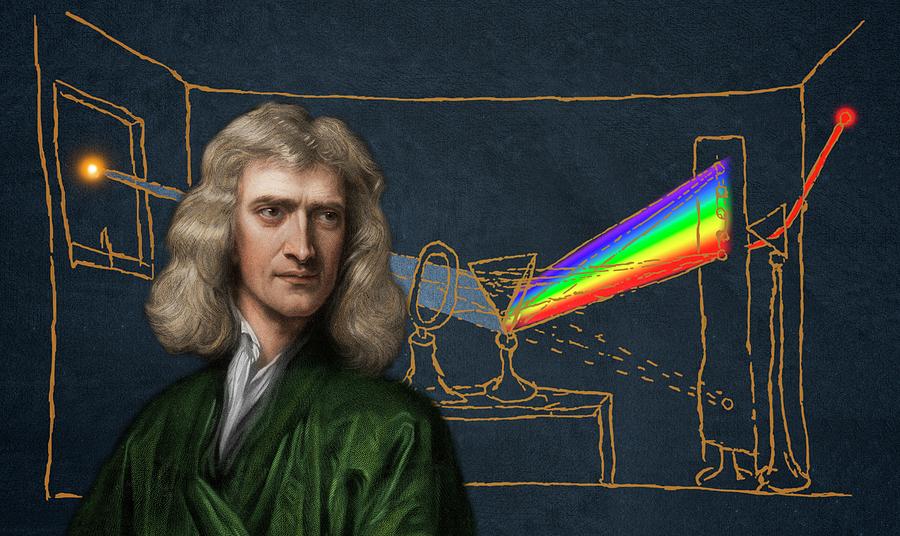

Some people believe the apple fell onto his head. When most people think of Isaac Newton, they think of him sitting under an apple tree watching an apple fall. If it pushed back with more force the lifter would fly into the air. If the floor pushed back with less force, the person lifting the box would fall through the floor. The floor presses upward with an equal force. The weight is transferred through the lifter’s legs to the floor. The box is heavy because it is producing an equal force downward on the lifter’s arms. If someone lifts a heavy box, they use force to push it up. The third law states that if an object is pushed or pulled, the object will push or pull equally in the opposite direction. The third law (Law of Reciprocal Actions).The formula showing this law is F=m*a, or the force acting on an object is equal to mass times acceleration. If the rider turns the handlebars, the bicycle will change direction. If the rider pushes back on the pedals the bicycle will slow down. If someone gives the bicycle a push from behind, the bicycle will speed up. If someone gets on a bicycle and pushes the pedals forward the bicycle will begin to move. An object accelerates in the direction the force is moving it. The second law explains how a force acts on an object. The tendency of an object to remain still, or keep moving in a straight line at a steady speed is called inertia. If someone is flying a rocket and jumps off before the rocket is stopped, what happens? The rocket continues on until it goes into space. It is harder to understand that an object will continue to move without help. It is easy to understand that a rocket will not move unless something pushes or pulls it.

Newton's first law of motion states is that an object that is not being pushed or pulled by some force will stay still, or will keep moving in a straight line at a steady speed. This led him to enter the field of physics, where he prospered. In his book Newton also used his laws to show that the planets revolve around the suns in orbits that are oval, not round. If a pencil fell off a desk, it will land on the floor, not the ceiling. Gravity is the force that causes things to fall down. He then described his idea, or theory, about gravity. In the Principia, Newton explained three basic laws that govern the way objects move. Newton published his most famous book, Principia, in 1687 while he was a mathematics professor at Trinity College, Cambridge. These laws are math formulas that explain how objects move when a force acts on them. He described laws of motion and gravitation. Newton explained the workings of the universe through mathematics. He began lecturing on this topic in 1670. In 1666 Isaac Newton experimented with light, and found that different colours had different refractions. In June 1661, he was sent to the University of Cambridge to study. Henry Stokes, master at The King's School, requested his mother to send him back to school. His mother tried to make him a farmer, but he did not like that. When he was seventeen, he was removed from school. Young Newton remained with his maternal grandmother, Margery Ayscough.įrom 1655 to 1659, Newton was educated at The King's School, Grantham. When Newton was three, his mother, Hannah Ayscough, remarried with Reverend Barnabas Smith. His father, also named Isaac Newton, died three months before his birth. 4 January 1643) "an hour or two after midnight", at Woolsthorpe Manor in Woolsthorpe-by-Colsterworth, a hamlet in the county of Lincolnshire, England. Isaac Newton was born (according to the Julian calendar, in use in England at the time) on Christmas Day, 25 December 1642 ( N.S. 2 The discovery of the Law of Gravitation.


 0 kommentar(er)
0 kommentar(er)
